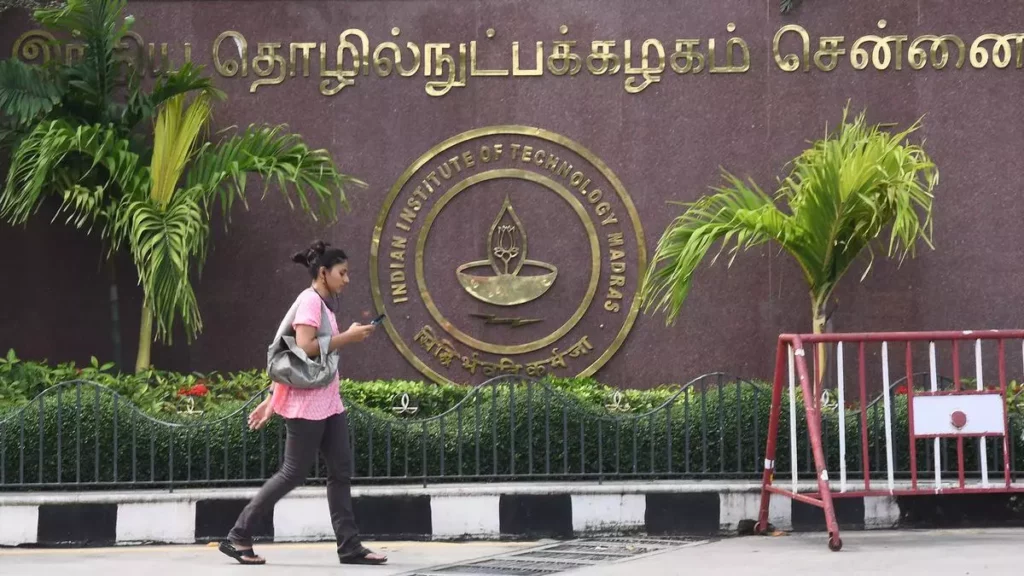IIT Madras’ Centre for Computational Brain Research is receiving support from Nvidia
As tech giant Nvidia showcases its next-gen hardware and software at the annual GPU Technology Conference (GTC) in San Jose, India’s premier educational institution Indian Institute of Technology Madras (IIT Madras) and its research work found a mention at the event.
IIT Madras’ Centre for Computational Brain Research, which is mapping the human brain at a cellular resolution level, is being supported by computing infrastructure—hardware and software—from Nvidia, and the keynote speech of Kimberly Powell, Nvidia’s Vice President of healthcare and life sciences, highlighted the tie-up.
“We have an amazing collaboration with the IIT Madras and their computational brain research centre… The team’s brain research platform called Neuro Voyager is imaging the brain at a cellular level with each brain image containing between 2-3 petabytes of data. We have worked with them to digitise the brain data and visualise it at any resolution right down to a half a micron,” Powell said.
“They are also putting a chat front end on it. The chatbot can be used to query information from 10 years worth of brain research, and answer simple questions,” Powell added.
Nvidia has been highlighting the growing list of companies that have partnered with the tech major on its new foundational models, AI software and GPU infrastructure. The company has introduced a set of over 25 new generative AI-powered services for healthcare organisations globally across drug discovery, medical technology and digital health.
Speaking to businessline from San Jose, Professor Mohanshankar S, Head of the Sudha Gopalakrishnan Brain Centre at IIT Madras, said that the team is working with a never-before levels of dataset and also complex data, and right computing infrastructure is critical to expedite research and compete effectively.
A joint note by IIT Madras and Nvidia in November 2023 spoke about how the centre scans and maps brains at a rate of 250 GB per hour per scanner, and operate multiple scanners simultaneously to generate 2 TB per hour of high-resolution uncompressed images.
“This is why the brain centre has turned to Nvidia, a leader in GPU-based HPC offerings, and has operationalised a cluster of DGX A100 systems to do the complete processing of 10 to 20 brains,” the note said.


Hi, this is a comment.
To get started with moderating, editing, and deleting comments, please visit the Comments screen in the dashboard.
Commenter avatars come from Gravatar.